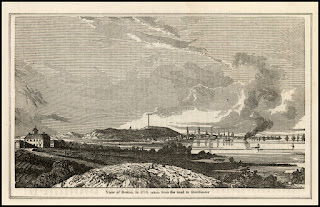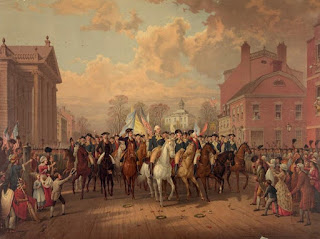A beautiful patriot spy. A dangerous British officer. A passion spanning the tumultuous birth of a nation. Thrilling, heart-wrenching, romantic, the American Patriot Series will leave you breathless...
With the America 250 celebration beginning in just a few months, brush up on your history and learn more about our Revolution while being vastly entertained!
In this vivid retelling of our nation’s founding, the actual historical events, including the real British and colonial leaders who provided the catalyst for them and breathtaking moment-by-moment recreations of pivotal battles, converge with two compelling characters in a suspense-filled story of espionage, intrigue, and romance. On the ruins of war and loss, Elizabeth Howard and Jonathan Carleton will build an enduring legacy of love, hope, faith—and freedom!The American Patriot Series by J. M. Hochstetler sweeps readers into a tumultuous world of revolution.
The American Patriot Series is the only truly comprehensive fictional series on the American Revolution. Painstakingly researched using a wide range of primary resources as well as the latest popular and scholarly histories of the American colonial and Revolutionary periods, it contains a highly engaging and accurate account of the founding of the United States. While the series is written for adult readers, it is also appropriate for students from middle school through college age. The books of the American Patriot Series will engage students and bring history alive in a way that non-fiction texts cannot.
AUTHENTIC DIVERSITY
At the time of the Revolution the American colonies were already a melting pot of racial, ethnic, and religious groups. The American Patriot Series accurately depicts this diversity by portraying the involvement of women, African Americans, Native Americans, and other groups in the struggle for independence.
CHRISTIAN FOUNDATIONS
The American Revolution and the establishment of the United States are based solidly in the Christian faith of our founding generation, as innumerable primary resources document. It is therefore appropriate for the American Patriot Series to reflect those crucial aspects of our nation's founding by accurately depicting the beliefs and values of those who sacrificed their lives, their fortunes, and their sacred honor to bring this nation to birth.
SERIES THEME
The overarching theme of the American Patriot Series, the life journey to find one’s true home in God’s kingdom, is one that will resonate with many readers. While enduring the anguish of war and separation, Elizabeth and Carleton discover that, even more than the grand ideal of liberty and the deep intimacy of earthly love, they seek that eternal city of God where they will no longer be aliens and strangers, but citizens. As events out of their control rush toward a fateful climax, they learn that true peace and lasting freedom are found in God alone.







